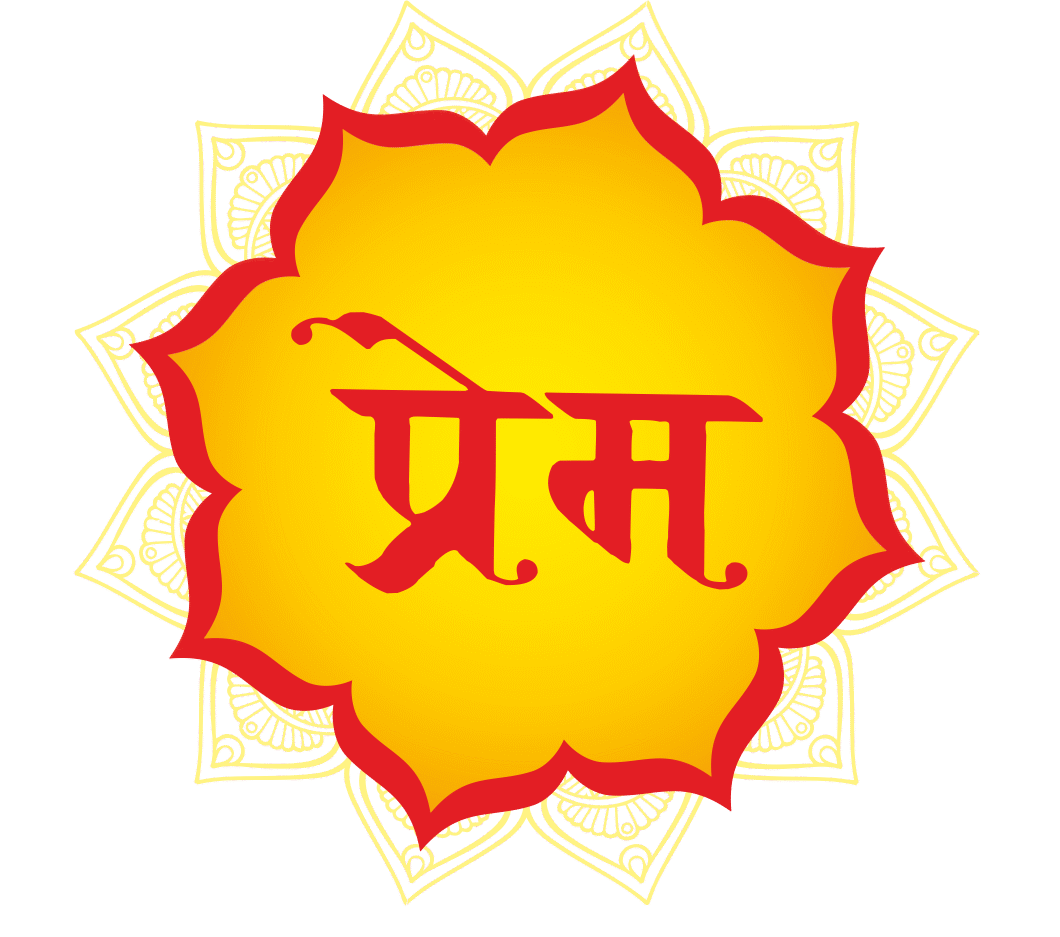Adi Guru Shankaracharya
Adi Guru Shankaracharya was born in 507 BC. He established four monasteries in the four corners of India which are still considered very famous and sacred and the monks residing at these places are called ‘Shankaracharya’. Those four places are – (1) Jyotishpeeth Badarikashram, (2) Shringeri Peetha, (3) Dwarika Sharada Peetha and (4) Puri Govardhan Peetha. He also initiated many non-Hindu people into his religion. He is considered to be the incarnation of Shankar. He has given a very detailed and interesting explanation of Brahmasutras.
His teachings are based on the unity of the soul and the Supreme Soul, according to which the Supreme Soul exists in both Saguna and Nirguna forms at the same time. In the Smarta sect, Adi Shankaracharya is considered to be the incarnation of Shiva. He wrote commentaries on Isha, Ken, Kath, Prashna, Mundaka, Mandukya, Aitareya, Taittiriya, Brihadaranyaka and Chandogyo Upanishad. The knowledge written in the Vedas was considered to be addressed to the only God and it was propagated and discussed throughout India. At that time, the Charvaka, Jain and Buddhist schools that arose due to differences in understanding of the Vedas were refuted by Shastrarthas.
In the first phase of Kaliyuga, the infallible vision and wonderful work of the founder of Chaturamnaya-Chatushpeeth, daily and daily Yugamavatar Shri Shivaswarup Bhagwatpad Shankaracharya, who exposed and purified the extinct and distorted Vedic knowledge and enriched the Vedic literature on a philosophical, practical and scientific level and declared Rajarshi Sudhanva as the universal emperor, is absolutely praiseworthy.
In Treta Yuga as compared to Satya Yuga, in Dwapara Yuga as compared to Treta Yuga and in Kali Yuga as compared to Dwapara Yuga, the decline of wisdom and life force of humans and religion and spirituality is certain. This is the reason that in Krita Yuga, Lord Dakshinamurthy, the incarnation of Shiva, cleared the doubts of disciples by silent lectures only. In Treta Yuga, Guru Dattatreya, who was imparted knowledge by Lord Brahma, Vishnu and Lord Mahesh, saved his followers through sutra-like sentences. In Dwapara Yuga, Lord Krishna Dwaipayan Ved Vyas, the incarnation of Narayan, kept religion and spirituality alive by dividing the Vedas, composing Mahabharata and Puranas and Brahma Sutras and training story tellers like Shuka Lomaharshana etc. In Kaliyuga, Bhagavatpad Shrimad Shankaracharya composed commentaries, episodes and stotras, debated the scriptures from the heretics, Panthaiyas and Mimanskadis, performed Parakaya Praveshkar, revealed and established the archavigrah Shri Badrinath from Nardakund and the archavigrah Shri Jagannath Daru Brahma from underground, dedicated the throne to Sudhanva Sarvabhaum and Chaturamnaya – By establishing Chatushpeethas, he revived and established religion and spirituality through his tireless hard work.
Shri Bhagwatpada advised the Dharmacharyas who were the guardians of the Rajpeetha, the nurturers of the Vyaspeetha, to roam around in their jurisdiction in the spirit of ethics, good conduct and appropriate propagation of Shrauta-Smart Karma, Worship and Gyankanda. For the establishment of Dharmarajya, he inspired to maintain harmony through harmonious dialogue between Vyaspeeth and Rajpeeth. Considering the success of Sarvamangal Kalyog with the association of Brahmatej and Kshatrabal as certain, Acharya Shankar, who was time-bound and timeless, purified Vyaspeeth and Rajpeeth and achieved theoretical harmony between the two.
Dasnami Gusain Goswami (in which Gusain, Yogi, Gosai, Goswami with surnames Saraswati, Giri, Puri, Ban, Yogi, Parvat, Aranya, Sagar, Teerth, Ashram and Bharti) are considered to be his spiritual successors and the name of his major social organization is “International Jagatguru Dasnam Gusain Goswami Ekta Akhara Parishad”. Shankaracharya re-established temples and Shaktipeeths all over India. Chandi Devi temple situated on Neel Parvat is believed to have been established by him. He went to Mata Shakambhari Devi Shaktipeeth situated in the middle of the hills of Shivalik mountain range and offered prayers and installed the idols of three goddesses Bhima, Bhramari and Shatakshi Devi along with Shakambhari Devi. Kamakshi Devi temple was also established by him due to which religion spread extensively in that era.
Biography
Shankar Acharya was born in 507 BC in a village named Kaladi or ‘Kashal’ in Kerala. His father’s name was Shivguru Bhatt and mother’s name was Ayamba. After worshipping Shiva with his wife for a long time, Shivguru got a son, so he named him Shankar. His father died when he was only three years old. He was very intelligent and talented. He became a great scholar at the age of six and at the age of eight he took sanyaas. The story of the time when he took sanyaas is very strange. It is said that the mother did not allow the only son to become a sanyasi. Then one day, a crocodile caught hold of Shankaracharya’s leg on the river bank. Taking advantage of this situation, Shankaracharya said to his mother, “Mother, give me permission to take sanyaas, otherwise the crocodile will eat me.” Frightened by this, his mother immediately gave him permission to become a sanyasi. And surprisingly, as soon as his mother gave the permission, the crocodile left Shankaracharya’s leg. And he took sanyaas from Govind Nath.
First he stayed in Kashi for a few days, and then he defeated Mandan Mishra and his wife in a debate in Talavan of Vijilbindu. He revived the Vedic religion by traveling all over India.
At the young age of 32 years in Samvat 475 BC he went to Shivaloka near Kedarnath.
